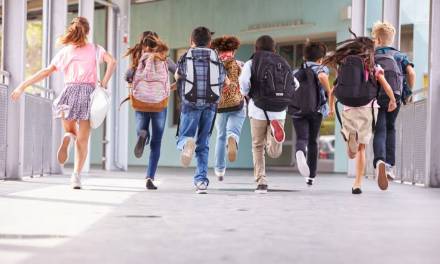Visual learning is one of three different types of learning styles.
The visual learning style means that people need to see information to learn it. This can take the form of spatial awareness, photographic memory, colour/tone, brightness/contrast, and other visual information.
In a classroom environment these could take the form of overheads, the chalkboard, pictures, graphs, maps, and many other visual items to entice visual learners into knowledge.
But what are the strengths of visual learning and how should teaching styles adapt to this. Our latest blog post explains.
What are the strengths of visual learners?
Visual learners typically perform effectively in the modern classroom setting.
A classroom has many visuals – whiteboards, handouts, photos and so on. These students have many strengths that can lead to strong performance in school. These strengths include:
- Instinctively follows directions
- Easily visualises objectives
- Has a great sense of balance and alignment
- Is an excellent organiser
- Has a strong sense of colour, and is very colour-oriented
- Can see the passage from a page in a book in his or her mind
- Notice minute similarities and differences objects and people easily
- Can envisage imagery easily
How to get the best out of visual learners
Around 65% of your class will be made up of students with the visual learning style.
There are usually primed to take good notes and will pay a lot of attention in class. They will pay attention to overhead slides, whiteboards, PowerPoint presentations, handouts, graphs and charts.
These strategies are ideal for reaching pupils with the visual learning style:
- Supplement verbal lectures with a handout, diagram or other visuals
- Incorporate colour into your presentations, the classroom and handouts
- Give written instructions and expectations
- Vary your reading in class with solitary reading time so visual learners will take in the information better
- Vary your instructional methods (lectures, group work, solitary work, pairs, circles) and assignments in so that every learner can be challenged
- Show your students how to complete a task (as opposed to just telling)
- Show students how to make good vocabulary flashcards
- Use video and still images to enhance your presentations
- Provide written feedback on assignments
Top tips for students who are visual learners
Visual learners may find the following helpful when sitting in a class or studying for a test.
Learners need items in front of them in order to solidify information in their brains. Therefore we recommend the following tips are integrated into your study routine:
- Colour-code your notes
- Be sure to read the diagrams, maps, and other visuals that go along with text to help you remember it
- Make to-do lists
- Study in solitude. You need to see things to remember them – any noise has the potential to distract
- Sit near the front so you’re better able to see everything
- Use outlines and concept maps to organise your notes
How EDClass benefits visual learners
Read how to teach visual learners here. For a brief guide to different learning styles click here.
The EDClass online learning platform benefits visual learners with lessons presented in a range of engaging ways including:
- Presentations (both electronically generated and whiteboard-based with teacher support)
- Audio
- Graphs/chats
- Various forms of assignments (including games and challenges)
- Structured timetables
- Opportunity to change layout of page – fonts, colours and sizes
- Access to highly trained teachers for support
EDClass provides access to 11,000 lessons to help students through their GCSEs. Lessons are based on the curriculum in core subjects including Maths, English and Science.
Our virtual learning platform is suitable for all students, while we are ideal for students with needs including long-term illness, mental health, isolation, excluded, persistent absence, home education, school phobic and vulnerable.
For more information, call 01909 568 338.









